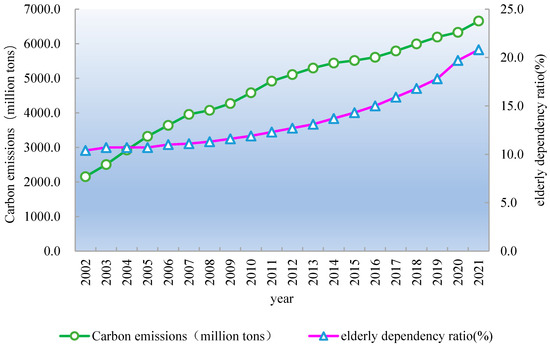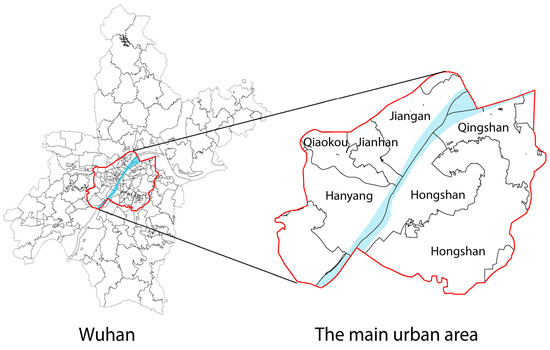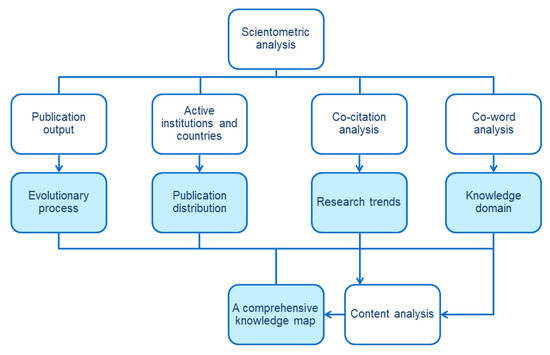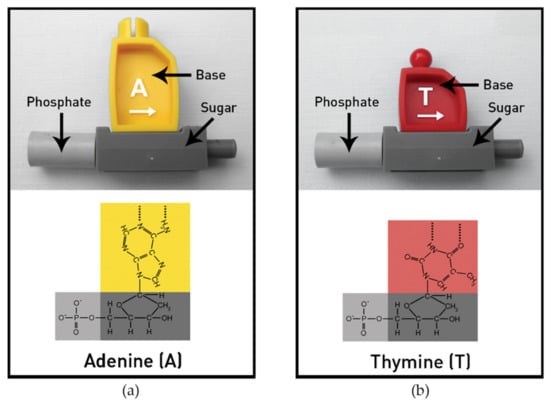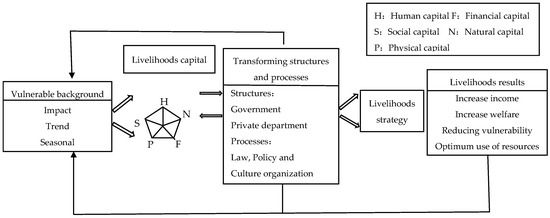2nd Edition of Achieving Environmental Health Equity: Great Expectations
A topical collection in International Journal of Environmental Research and Public Health (ISSN 1660-4601). This collection belongs to the section "Environmental Health".
Viewed by 16504Editors
Interests: environmental microbiology; community-based participatory research; water and health; waterborne disease
Special Issues, Collections and Topics in MDPI journals
Interests: tribal environmental health; drinking water quality; drinking water insecurity; community-engaged research; cumulative risk assessment; environmental health impacts of climate change; environmental health workforce development; mentoring Native American students in STEM fields
Topical Collection Information
Dear Colleagues,
I am delighted to invite you to consider contributing to this Topical Collection and 2nd Edition on Achieving Environmental Health Equity: Great Expectations.
To the rationally minded, it has long been obvious that environment and human health are intricately linked, and that there are vast disparities in individual, community, and population environmental health risks. These disparities are heavily influenced by socio-economics, geography, occupation, government policies, and many other exacerbating factors, such as conflict and climate change. In the last decade or so, funding agencies have recognized the importance of addressing health disparities in improving community and population health, and reducing the economic burden of poor health. In the US, centers of excellence have emerged (e.g., NIMHD’s U54 program), and global health centers and institutes that include health disparities in their mandates created. However, how does this help us to achieve environmental health equity, and is this even remotely possible? A mining community, whether in Appalachia or the Witwatersrand, will always face greater environmental health challenges than wealthier communities that can afford access to clean air and water.
The premise of this topical collection is that we can do more to move closer toward environmental health equity through reducing disparities, and that there are many “lessons learned” to be shared by and with communities that face these disparities—urban, peri-urban, and rural. Invariably, these “lessons” are community-driven, and therefore, community leadership and engagement should be a major focus in addressing health disparities. Papers describing studies in which community–academic partnerships reduce environmental health risks in sustainable ways are encouraged, but also research that realistically outlines the challenges community–academic collaborations are facing is welcome. We encourage submission from as broad a range of international community and research groups as possible, representing a wide diversity of communities and their environmental health risks. The goal is to compile a sufficient number of these papers into an online resource to inform future work in this critical area of environmental health.
Prof. Dr. Timothy E. Ford
Dr. Margaret J. Eggers
Collection Editors
Manuscript Submission Information
Manuscripts should be submitted online at www.mdpi.com by registering and logging in to this website. Once you are registered, click here to go to the submission form. Manuscripts can be submitted until the deadline. All submissions that pass pre-check are peer-reviewed. Accepted papers will be published continuously in the journal (as soon as accepted) and will be listed together on the collection website. Research articles, review articles as well as short communications are invited. For planned papers, a title and short abstract (about 100 words) can be sent to the Editorial Office for announcement on this website.
Submitted manuscripts should not have been published previously, nor be under consideration for publication elsewhere (except conference proceedings papers). All manuscripts are thoroughly refereed through a single-blind peer-review process. A guide for authors and other relevant information for submission of manuscripts is available on the Instructions for Authors page. International Journal of Environmental Research and Public Health is an international peer-reviewed open access monthly journal published by MDPI.
Please visit the Instructions for Authors page before submitting a manuscript. The Article Processing Charge (APC) for publication in this open access journal is 2500 CHF (Swiss Francs). Submitted papers should be well formatted and use good English. Authors may use MDPI's English editing service prior to publication or during author revisions.
Keywords
- health equity
- community engagement
- CBPR
- disparities
- environmental health
- environmental justice
- inequalities
- marginalized communities
- health risks






